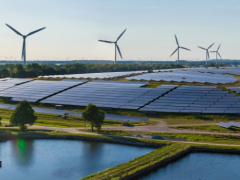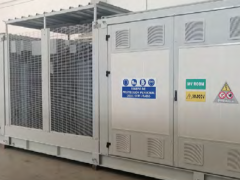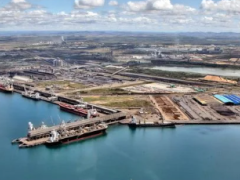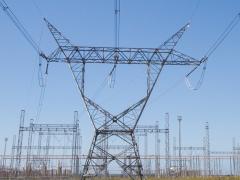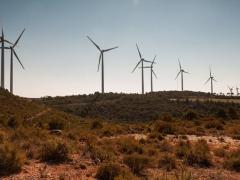Eskom has announced the recommencement of load reduction across the country.
According to the utility, 94% of the country’s overloaded transformers are in the Western Cape, Eastern Cape, Limpopo, Gauteng, Mpumalanga, KwaZulu-Natal and North West. These areas will be targeted for load reduction.
Load reduction will be implemented during peak times when overloading of transformers is most likely – from 05h00 to 07h00 in the morning and 17h00 to 19h00 in the evening.
The power utility has reiterated that load reduction is not the same as load shedding. “Load reduction is a long-established process that Eskom uses in specific areas when there is sufficient electricity available but a transformer’s integrity is at risk due to overloading whereas load shedding is used when the national grid is constrained and there is insufficient capacity to generate electricity to meet demand,” Eskom stated.
The essential difference between the two scenarios is the cause of the power or electricity outage, explained Vally Padayachee, an energy expert and former Eskom Executive Manager.
“When Eskom generation lacks sufficient capacity to meet demand, load shedding is used as a last resort to prevent a national blackout and total grid collapse. Conversely, load reduction occurs when local electricity demand exceeds what the equipment can handle – often due to grid inadequacies. This measure protects equipment like transformers and substations, as well as people, from potential hazards such as explosions.”
According to Monde Bala, Group Executive for Distribution at Eskom, a transformer damaged by overloading can leave an area without power for up to six months so protecting Eskom’s assets is in the best interest of all South Africans.
“The national infrastructure has been built to withstand a load based on known demand but electricity theft overloads and damages the equipment. The winter season has also added to energy demand and resulted in overloading,” Bala said.
Today, 2 111 transformers are at risk of damage due to overloading. “Over time, Eskom has invested resources and increased capacity to meet exponential demand in areas prone to overloading. Despite these investments, demand has continued to grow, rendering the situation unsustainable," Bala added.
This is symptomatic of an impending national crisis, Padayachee said. “Although we are seemingly getting a handle on the national load-shedding challenge, many end-use customers in various municipalities across the country – supplied by municipalities or Eskom – will likely continue experiencing rolling localised power outages due to severely compromised or inadequate electricity grids. We are sitting on a time bomb ready to explode. If government does not step in urgently to address the ageing, compromised and inadequate grid infrastructure, we face a serious crisis.”



